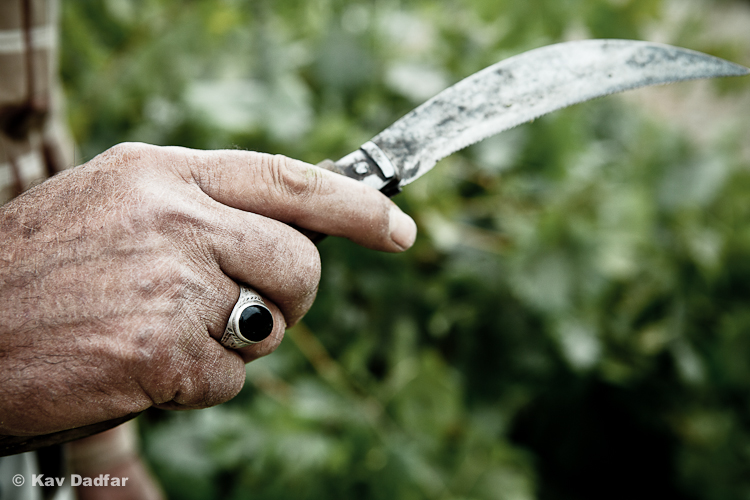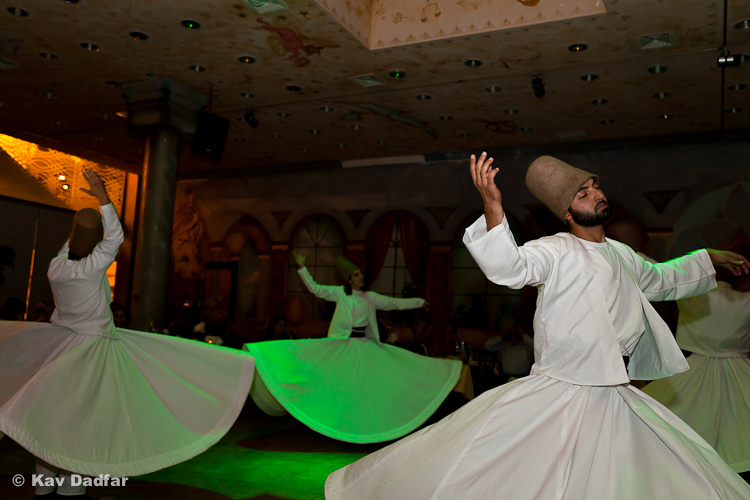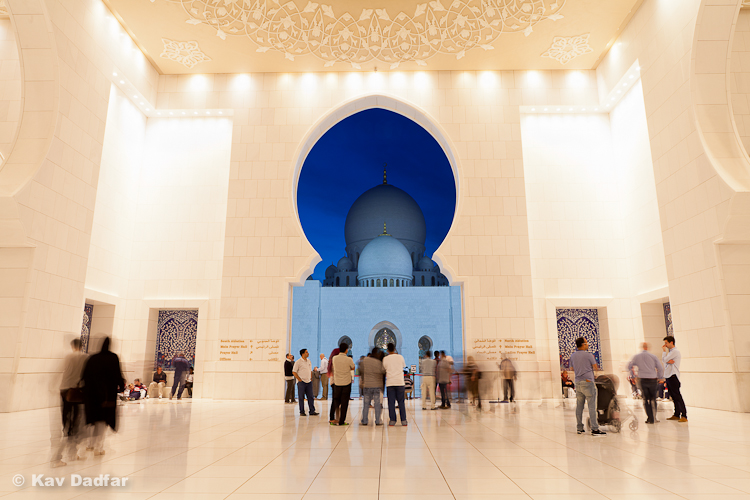Often a great photo relies on a combination of factors coming together to produce the final result. On a few rare occasions, all of these elements present themselves in perfect harmony by chance. However, the majority of the time as a photographer, you have to research, plan, and put a lot of effort into capturing a photograph that has these elements in it.

#1 – The Subject
Arguably the most important element of the photo is the subject itself (i.e. what you are photographing). A great photo can sometimes work if it isn’t technically perfect, but rarely works if the subject isn’t interesting enough to capture the viewer’s attention. You need to train yourself to be able to see those unique opportunities where a subject can offer the basis of a great photo, and then be willing to do whatever it takes to make it the best it can be (within the law). It takes practice, but in time you will begin to immediately see opportunities everywhere.

Keep your eyes open. You never know when interesting stories will present themselves.
#2 – The Composition
A great subject only works as a great photo, if it is composed in order to make the most of what you are seeing. Too much dead space and the subject is lost. Too close and the viewer may miss the surroundings which are imperative to the photo. The key is to take your time, and really think about the composition and how to make the most of the scene. Obviously, there will be times where you may be encounter fleeting moments, to which you need to react quickly – but the more practice you have, the quicker you will become.

Crop your image carefully to ensure it maximizes the photograph.
#3 – Lighting
Whatever you are photographing, whether that is indoors or outdoors, lighting is key to capturing a great photo. You need to think about how to either utilize the natural light if outdoors, or artificial light if indoors. For example, if you’re using natural light, at different times of the day the light will look completely different and give your photos a different look and feel. But, you also need to consider the direction of the light because, again, that will have a huge impact of how your photo will look. If you are working indoors or in a studio, this may require that you set up lighting, or manipulate the available light using things like reflectors or a flash.

Lighting is an important element in any photograph. Try to capture your outdoor photos at the best time of the day.
#4 – Technical Elements
It is no good having a great subject that is composed well and beautifully lit, but blurred or out of focus. So, to capture great photos, you also need to master the technical elements of photography, such as focusing, depth or field, shutter speed, and so on. This part comes down to learning, and sufficient practice so that it becomes second nature to you. In addition to ensuring your photos are technically correct, it also allows you to have more creative control over the final outcome. For example, using a slower shutter speed to capture movement will give your photo a different look and feel, than freezing the action by using a fast shutter speed.

Mastering the technical elements of photography is a must if you want to capture great photos.
#5 – Originality
With photography becoming more and more mainstream, we are all becoming more used to seeing different places and subjects, so to really ‘wow’ people with photos, you need to show them something unique and different to what they have already seen. This could be everything from lighting or composition to actually showing a different perspective of something people have seen before. The key is to not be afraid to take risks with the photo. So, next time you are taking a photo, stop and think about how you can make it look different to what already exists.

Try to make your photos unique. The key is to do your research so you know what already exists.
Great photos are not easy to come by, but the great thing about photography is that the more you practice you have and by training yourself in the different aspects above, the better and quicker you will become to seeing and implementing the different elements needed.
Can you think of anything else? Share your tips below.

A local camel handler in Empty Quarter in Liwa Oasis
The post The 5 Elements That Can Help You Make a Great Photos by Kav Dadfar appeared first on Digital Photography School.